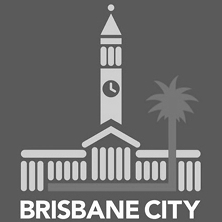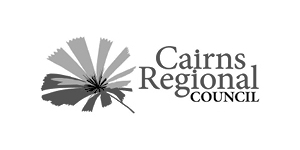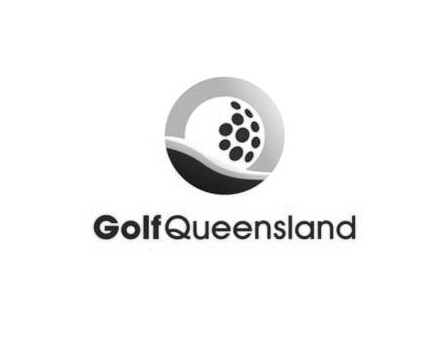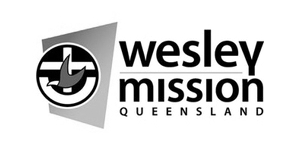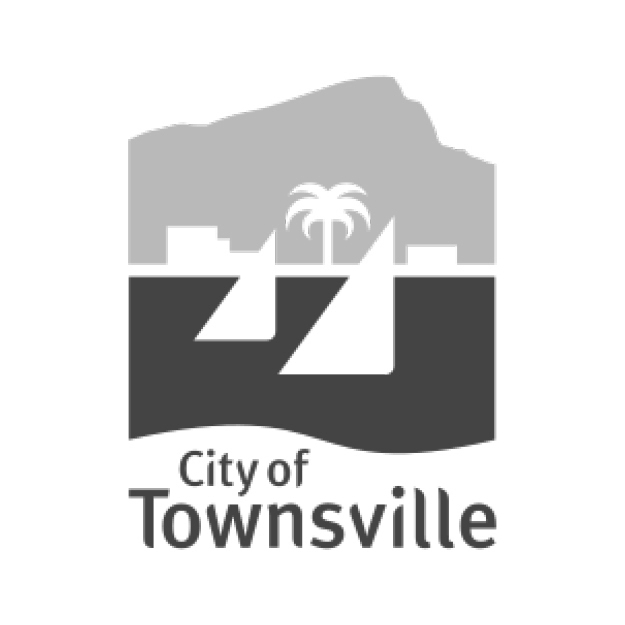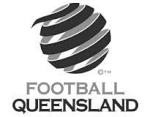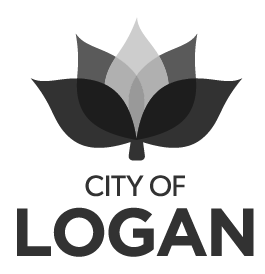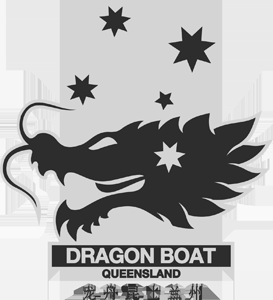One of the most rewarding elements of CPR Group’s planning projects is when we see our plans result in great facility outcomes for the community. One recent example that we are proud to share is the Deception Bay Community Hall.
In 2018, Moreton Bay Regional Council identified strong demand for flexible, multipurpose community space in Deception Bay and engaged CPR Group to assist with planning to appropriately meet this demand. At the time, Deception Bay Community Hall was well used as a ‘hall for hire’. However, factors such as restricted flexibility of hire spaces, a lack of air conditioning and minimal booking availabilities limited the facility’s appeal.
Comprehensive consultation conducted during CPR Group’s concept planning process highlighted the critical requirement for more consulting and meeting rooms in Deception Bay. These spaces would ideally be situated in a multipurpose community facility, promoting accessibility and creating a sense of place for the local community.
Through an engaging, consultative process of working closely with the local community and key stakeholder groups, CPR Group devised two concept plan options for the hall’s redevelopment.
The more significant concept plan option comprised an extension to the existing building footprint to facilitate greater integration between the hall and other site elements. The plan included additional sound-proofed consulting rooms with internal and external entries / exits as well as a flexible meeting room with an operable wall to create two smaller rooms. Also included in the design was a fenced patio adjoining the meeting rooms, creating seamless integration between internal spaces and the broader park landscape. This concept included an open, welcoming reception area, kitchenettes, PWD toilets and additional storage space.
Following completion of CPR Group’s concept planning project, Council proceeded with delivery of this ambitious hall redevelopment. Key design elements from CPR Group’s concepts including the following were incorporated into the final construction:
A softer street appeal through the use of composite wooden facades to create a welcoming texture and warm, natural colours
A contemporary design utilising large open glass walls, concrete embellishments, modern patio fencing and awnings
Following its redevelopment, Deception Bay Community Hall presents a jewel in the community infrastructure crown for the Deception Bay community. Thanks to CPR Group’s meaningful concept planning process and Council’s commitment to meeting community demand, the hall will continue to serve the needs of a broad range of user groups and individuals, both now and well into the future.




















